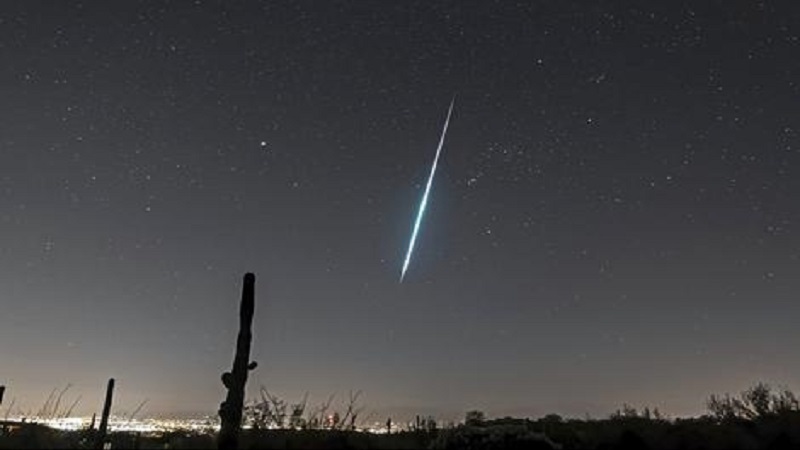Asteroid Burns Up in Atmosphere Over the Philippines: An Exploration of Recent Space Events
September 5, 2024
A small asteroid, approximately 1 meter (3 feet) in diameter, incinerated in Earth’s atmosphere over the Philippines’ Luzon Island on Wednesday afternoon, according to an announcement by NASA. This event, while seemingly minor compared to larger astronomical phenomena, underscores the relentless surveillance efforts by global space agencies to track and understand near-Earth objects (NEOs) that could potentially impact our planet.
Understanding Asteroids and Their Impacts
Asteroids are remnants from the early Solar System, consisting mostly of rock and metal. These celestial objects range in size from small boulders to massive bodies that are hundreds of kilometers in diameter. They orbit the Sun, and occasionally, their paths intersect with Earth’s orbit, leading to events like the one over Luzon Island.
Asteroids that enter Earth’s atmosphere are generally called meteors. Most burn up upon entry due to the intense friction and heat generated by our planet’s protective atmospheric layer. However, larger asteroids or those with compositions resilient to heat can survive the descent, potentially causing significant damage if they impact the ground.
Global Monitoring Efforts
The recent incident near Luzon highlights the importance of continuous monitoring of NEOs. Agencies like NASA employ advanced technology and international cooperation to detect and analyze potential threats from space. Programs such as the Planetary Defense Coordination Office (PDCO) are dedicated to early detection and hazard mitigation strategies.
The data gathered from these events contribute to global efforts in mapping asteroid trajectories, assessing risk levels, and formulating response plans to prevent catastrophic impacts. It’s an ongoing mission that involves sophisticated telescopes, satellites, and occasionally, brave missions into space to alter the course of potential threats.
Recent History of NEO Incidents
This event is reminiscent of several other significant celestial impacts in recent history. For example, the Chelyabinsk meteor that exploded over Russia in 2013 caused damage to buildings and injuries to over 1,400 people. The meteor, approximately 20 meters in diameter, released energy equivalent to around 500 kilotons of TNT.
Smaller meteors frequently enter Earth’s atmosphere but often burn up unnoticed. Those that reach the surface, called meteorites, are avidly studied by scientists to gain insights into the composition and history of our Solar System.
How It Affects the Philippines
The Philippines, an archipelagic country with a population of over 100 million people, has experienced natural celestial events before but rarely has there been significant impact from such occurrences. The Luzon Island event, though not impacting the ground, serves as a reminder of our planet’s dynamic interaction with space.
For the residents of the Luzon Island region, this incident was likely a mesmerizing display of a cosmic light show. It also acts as a prompt for local scientists and national authorities to consider reinforcing efforts in space hazard preparedness and education about NEOs.
Conclusion
While the meter-wide asteroid over the Philippines might seem inconsequential on the cosmic scale, it is a testament to the vigilant monitoring by space agencies and the ever-present need to understand the universe around us. The continuous study and tracking of these celestial objects play a crucial role in safeguarding Earth, educating the public, and advancing our knowledge about the vast space we inhabit.
For more information on asteroid tracking and planetary defense efforts, you can visit NASA’s official website.
